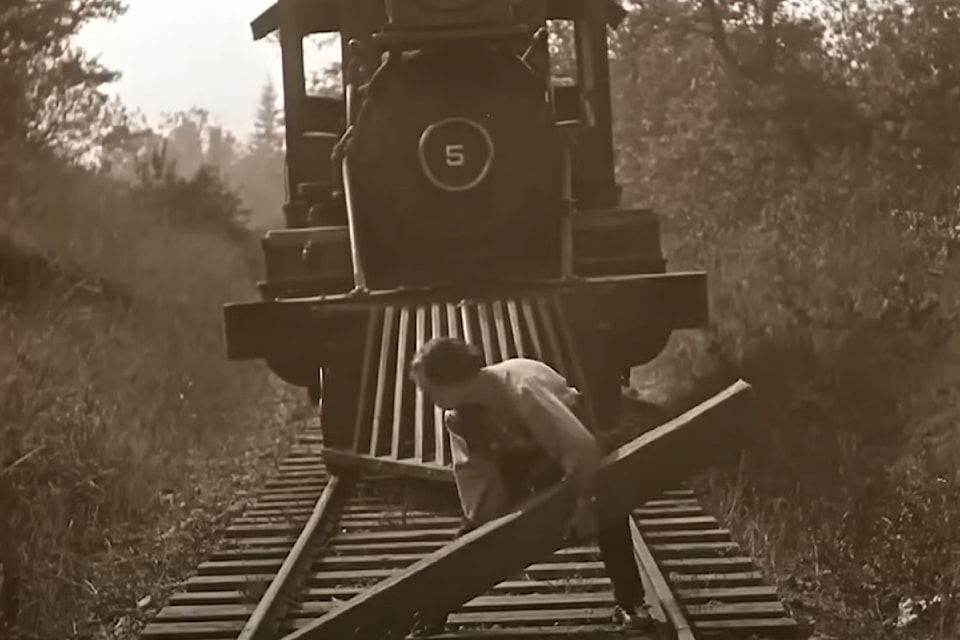The silent film era didn't end all at once, but one of the dates you could give for its ending is August. 6, 2026, when the first feature-length movie using Vitaphone premiered in New York.
'Don Juan,' a romantic swashbuckler starring John Barrymore, didn't have spoken dialogue. But it did have a synchronized soundtrack and sound effects. Along with the feature movie were a few shorts that did have dialogue, including a four-minute introduction to the Vitaphone process itself.
The following year, Al Jolson's 'The Jazz Singer' would be released, and it's now widely known as the first "true" talkie – but it only had portions of its action synchronized to recorded sound.
Before this awkward, lurching transition to sound took place, audiences had been lining up for silent films for decades.
It was a very different era from the one we know. These days, we remember a few silent stars and movies – most people will be able to recognize Charlie Chaplin, maybe Buster Keaton.
But there were more than comedies. There were weepy melodramas and morality plays, westerns, Shakespeare adaptations, horror films, and historical epics. 'Ben Hur,' for example, was filmed twice before the Charlton Heston version, in 1907 and 1925 – and the 1925 version's chariot race was studied carefully by the creators of the 1959 remake, and in many places replicated almost shot-for-shot.
The scale of some silent films is hard to believe. Keaton's slapstick short 'One Week' involves a man trying to build a house – at one point the entire building is on a swivel. The final gag involved plowing a real train through the house. His feature-length 'The General' is a comedy about a stolen Civil War train that also used real trains and destroyed an entire trestle bridge and engine for its climactic scene.
'Wings,' one of the last of the truly big silent movies, came out in 1927 and had an incredibly troubled production. A First World War drama about a female ambulance driver and two fighter pilots, filming took place in Texas over the course of eight months. At least one pilot died during a shoot that used deliberate plane crashes.
Silent film also looked different than we imagine it did. About 80 or 90 per cent of silent films by the 1920s were tinted. Blue tints indicated night scenes, but other colours could be used to indicate mood or theme. There were experiments with full colour film, and also hand-tinted films in which special scenes might have colour.
It was sound that killed that type of colour – by the early 1930s, sound was integrated into the film stock itself, as markings along the edge of the celluloid strip. That kept it perfectly synchronized with the action on the screen, but the system worked best in monochrome. The next few decades of film making went truly black and white for the sake of dialogue and music.
Transitioning to sound meant that a mature art had to start all over again figuring out the rules of film. But there was plenty of artistry before anyone could say a word on screen.



